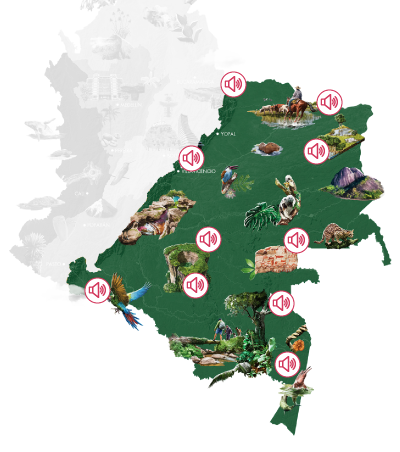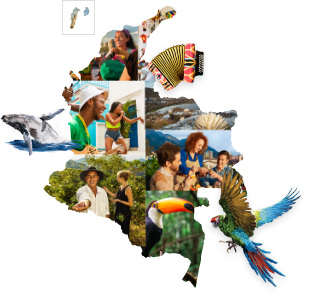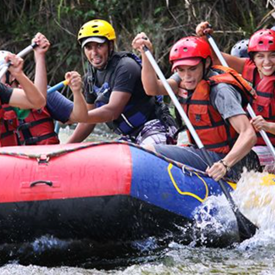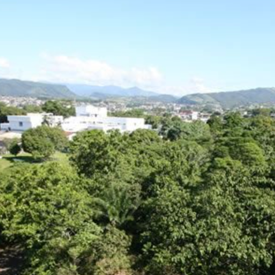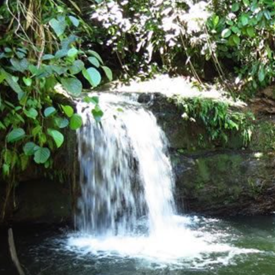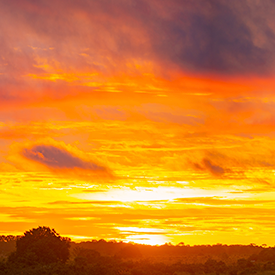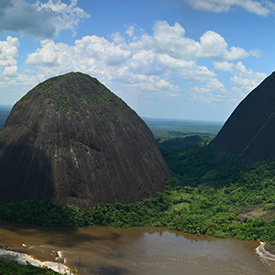Vaupés, the gateway to the magnificent Colombian jungle
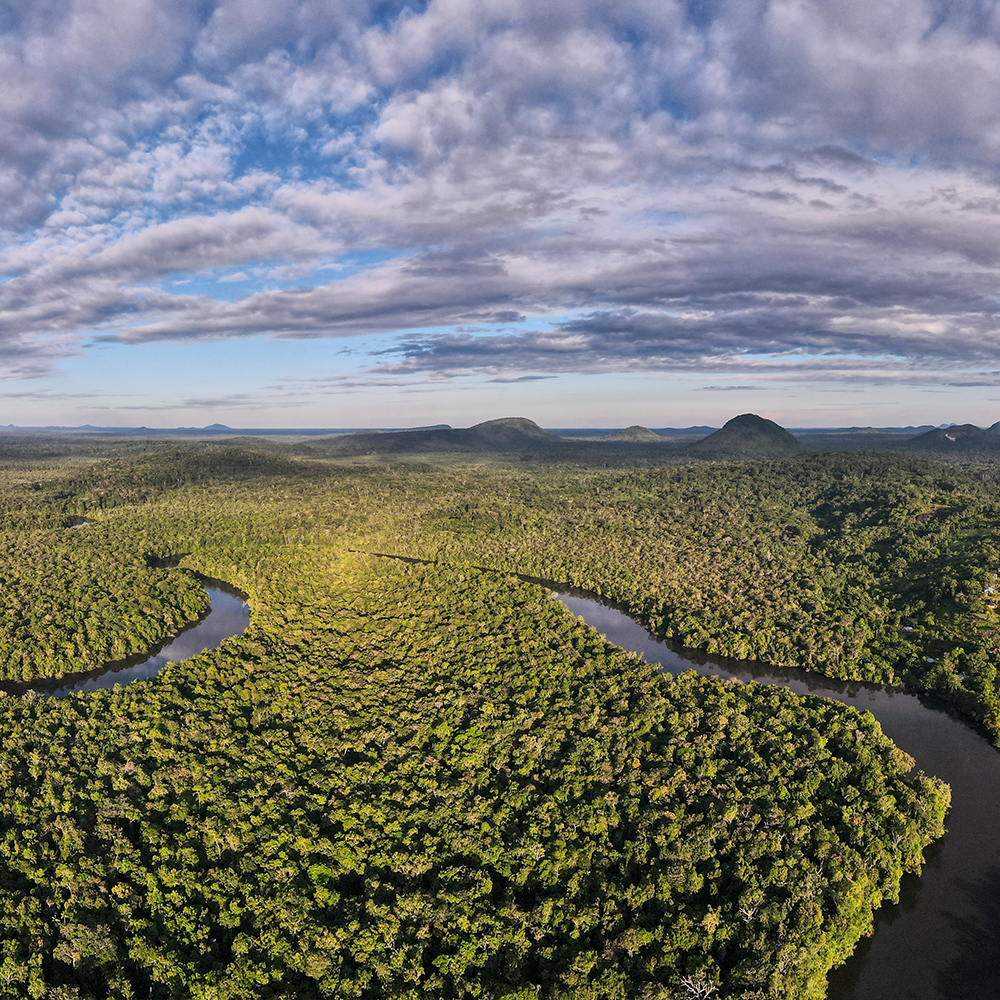
Vaupés is characterized by the immensity of its jungle and water wealth. A land where countless cultures coexist and struggle to preserve their ancestral knowledge and safeguard the environment.
With more than 54,000 km of extension, the department of Vaupés is characterized by its inhospitable jungle, its endless rivers and its ravines and raging streams. It is part of the guayanes shield, one of the oldest geological formations in the world, so its landscapes are impregnated with tepuis that rise in the middle of the immensity and are home to an impressive biological diversity of fauna and flora.
Water richness and bird biodiversity
Vaupés is a territory with a gigantic water wealth, composed of rivers such as the Apaporis, Vaupés, Querarí, Isana, Papurí and Taraira. It also has two of the most spectacular streams of the Amazon rainforest: Yuruparí and Jirijirimo, as well as abundant waterfalls that demonstrate the power and magnificence of this natural resource in this part of the country.
Its capital is Mitú, recognized as one of the best places for bird watching. This is due not only to the more than 550 species that have been identified in the region, but also to the particularity of the height of its trees, which facilitates the observation and recognition of different species.
Caption: 66.63% of the inhabitants of Vaupés are indigenous.
Birds and rivers represent the ancestral origin for ethnic groups throughout the department. They symbolize both good and bad omens, they are also indicators of the weather and many of their ancestral stories are told through the charms and powers that birds have.
In general, it is a department that has been little explored, but it has impressive natural landscapes and an important indigenous community. It can only be reached by air, sea or land (through the jungle).
Indigenous wealth
There are around 27 indigenous ethnic groups in Vaupés, making it the most important department in terms of indigenous culture. The Piratapuyos, Desanas, Tucanos and Cubeos are some of the communities with the greatest presence in the territory, but they represent only 37% of the total indigenous population.
Although each group has its own language, traditions and beliefs, they share the same belief regarding the Anaconda Ancestral, the creator of their culture and social order, who also gave life to the ethnic groups. For the indigenous people of the territory it is important to live in community, they support each other and, although they are divided by clans, they are one big family. They live in complete harmony with their environment, they are aware and respect the personification of Mother Earth and that it is thanks to her that life arises and develops.
Music with history
In Vaupés, music and dance are present in the meetings with the clans. Their function is to strengthen the union and traditions, as well as to recreate the cosmogony of their peoples. In this region it is common to see the dance of the yarumo, which celebrates the subienda of the fish, that is, in their dances they represent the fish that are spawning.
The dance of the carrizo, on the other hand, recalls the tradition and music created by the ancestors. It is conformed by the major carrizo, who leads the melody and the minor carrizos, this rhythm is recreated for the celebration meetings. Also, this dance is present in all traditional festivities.
Quote: The reed dance is named after the instrument used to play the melody. The carrizo is a small wind instrument made from segments of a hollow reed, cut to different lengths.
Gastronomy
The basis of the gastronomy of Vaupés is based on the food found in its jungle and rivers. The only thing brought from outside the department is salt.
The star dish of the department is the quiñapirá, fish cooked with chili that is preserved in the pot for several days. This dish is present in all the celebrations, homes and visits of the communities of the department.
Other typical preparations of the region are the cassava and fariña, the lapa meat, the chive de patavá, the moqueado fish, pilao de cerrillo and the mojojoy.
Total disconnection
Vaupés offers visitors the chance to get away from civilization and connect with nature and the values of the indigenous communities that live there, through organic experiences such as traveling along the river, climbing the hills and observing the jungle, identifying, listening to and observing birds.
Some of the places that make these experiences possible are the Yaigojé National Natural Park, a protected area located between the basins of the Apaporis and Caquetá rivers. It has an extension of more than one million hectares of incalculable biological wealth and is home to several indigenous communities that work for the conservation of their natural and cultural heritage.
Other exceptional destinations are the Raudal de jirijirimo, one of the most impressive waterfalls in the country, the Vaupés River, one of the main tributaries of the Negro River and the Cerro Way Reariku, a wonderful tepui in formation.
Also the Centro Camino Reriku, with a height of 620 meters, and the Cerro Urania that, according to the inhabitants of the department, was the ancestral home of the Cerro Way Reariku, a wonderful tepuy in formation.
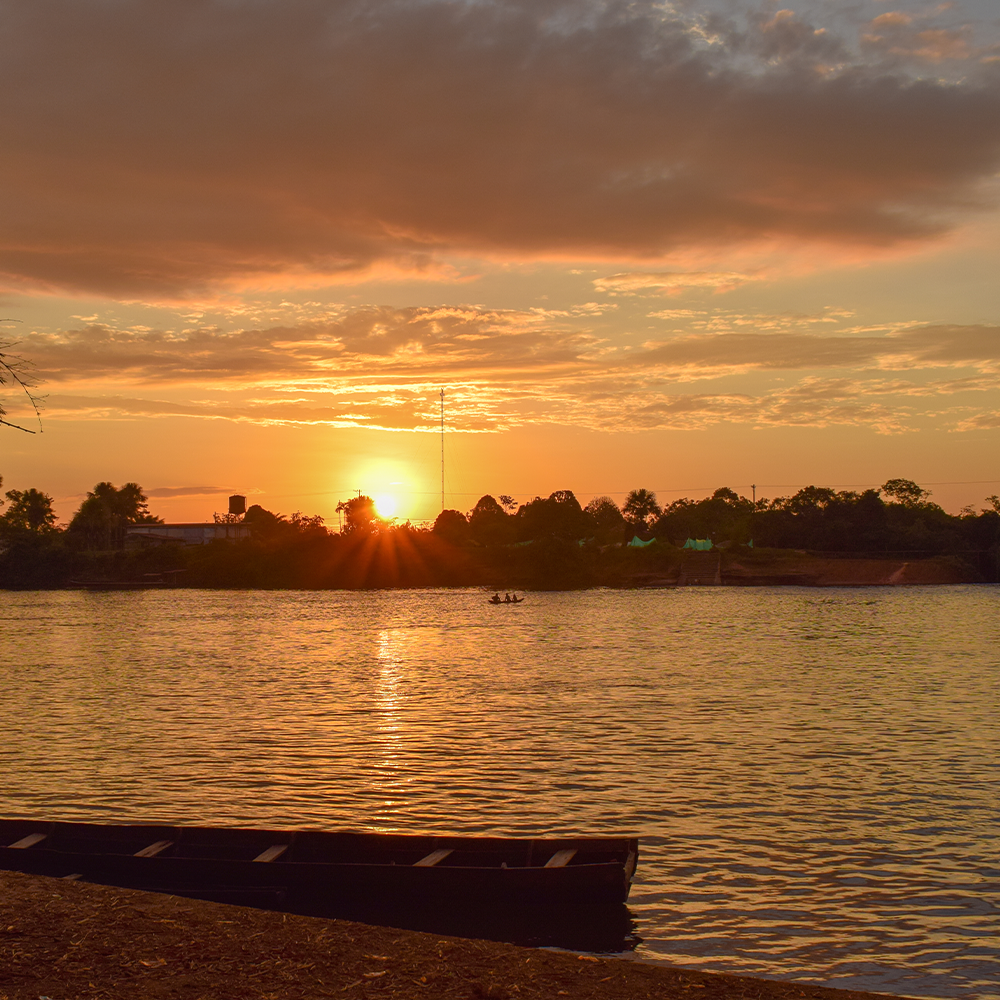
Credit: Keney // Shutterstock
Caption: The last 50 km of the Apaporis River forms the natural border with Brazil.



